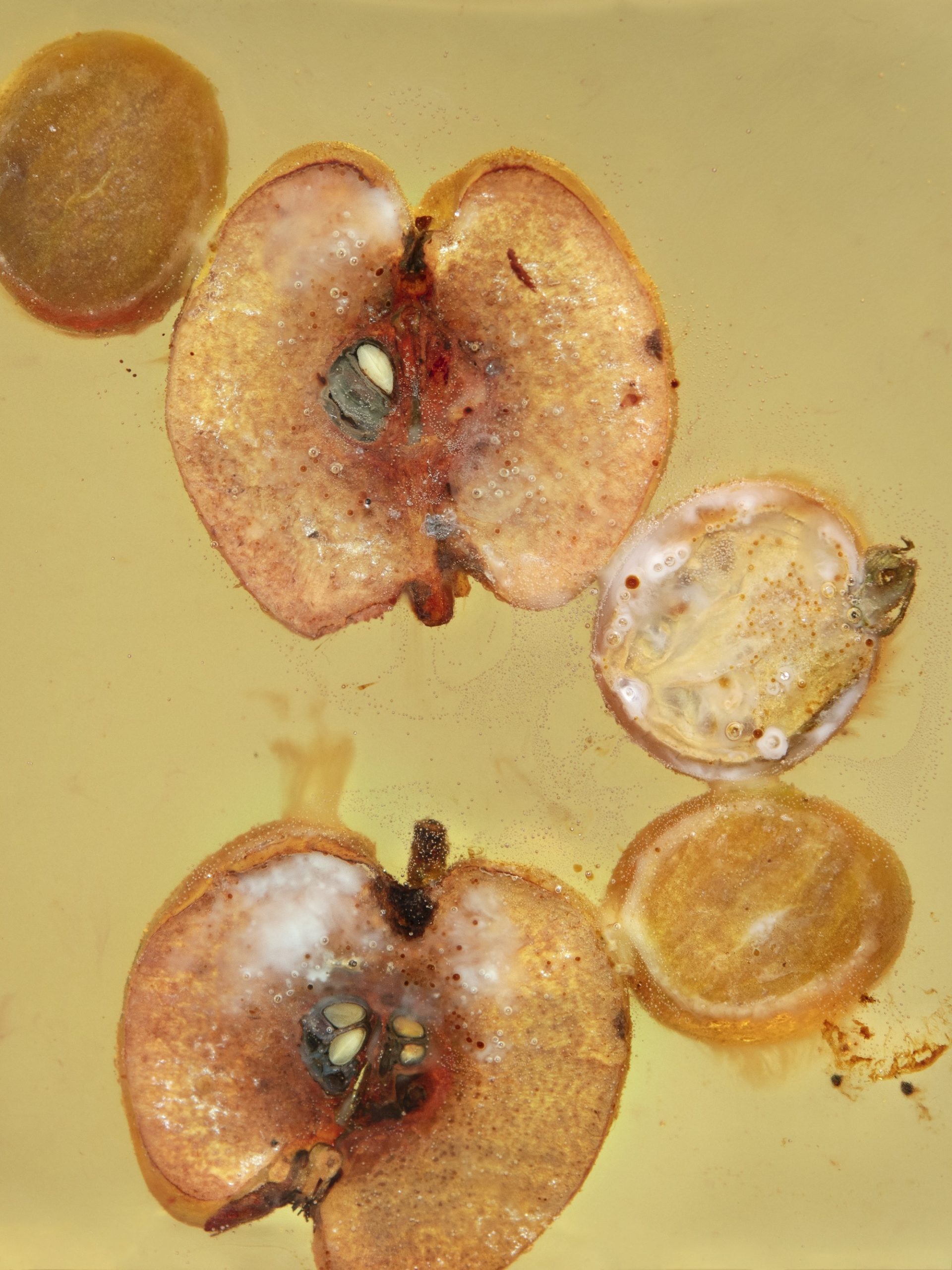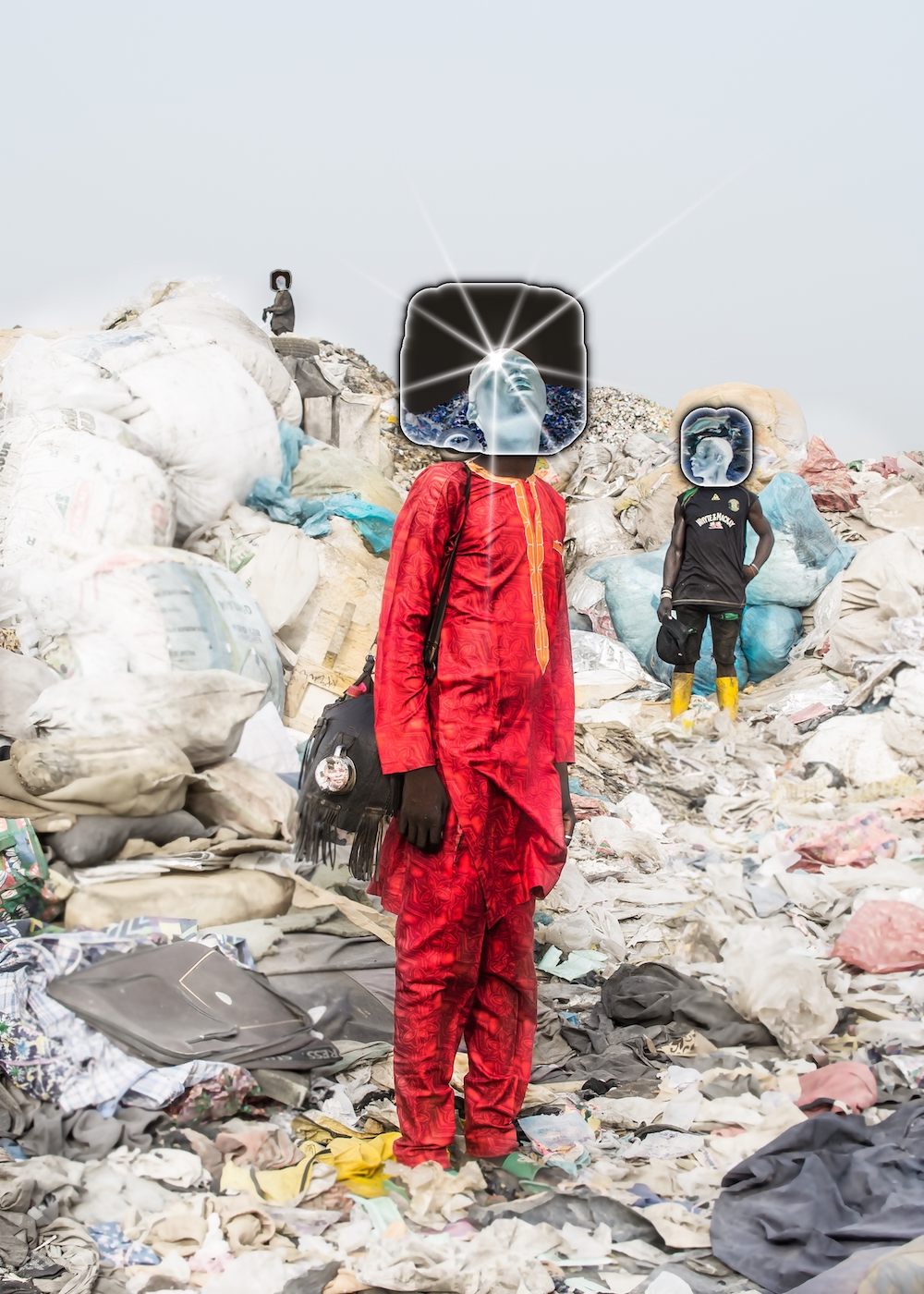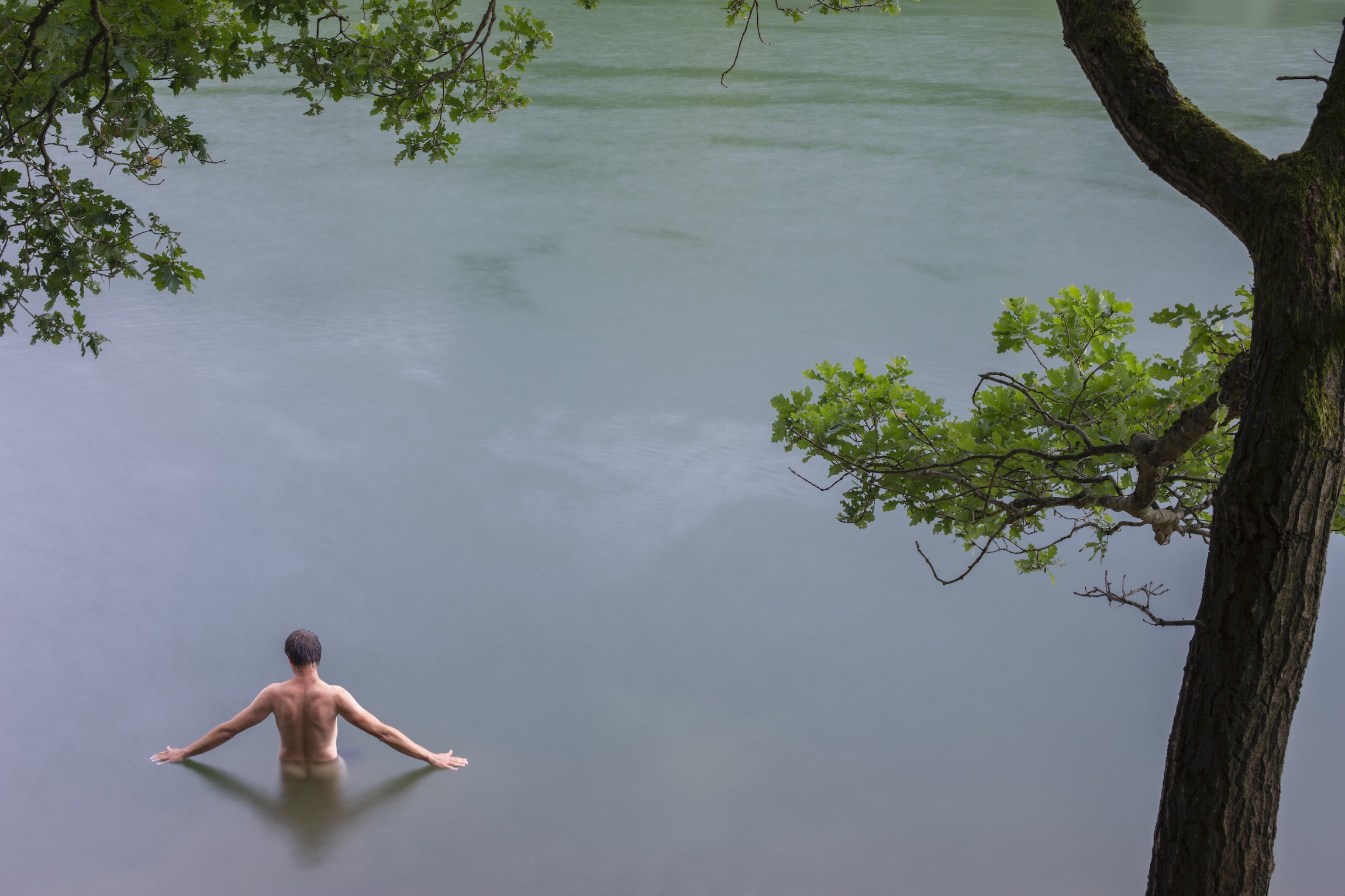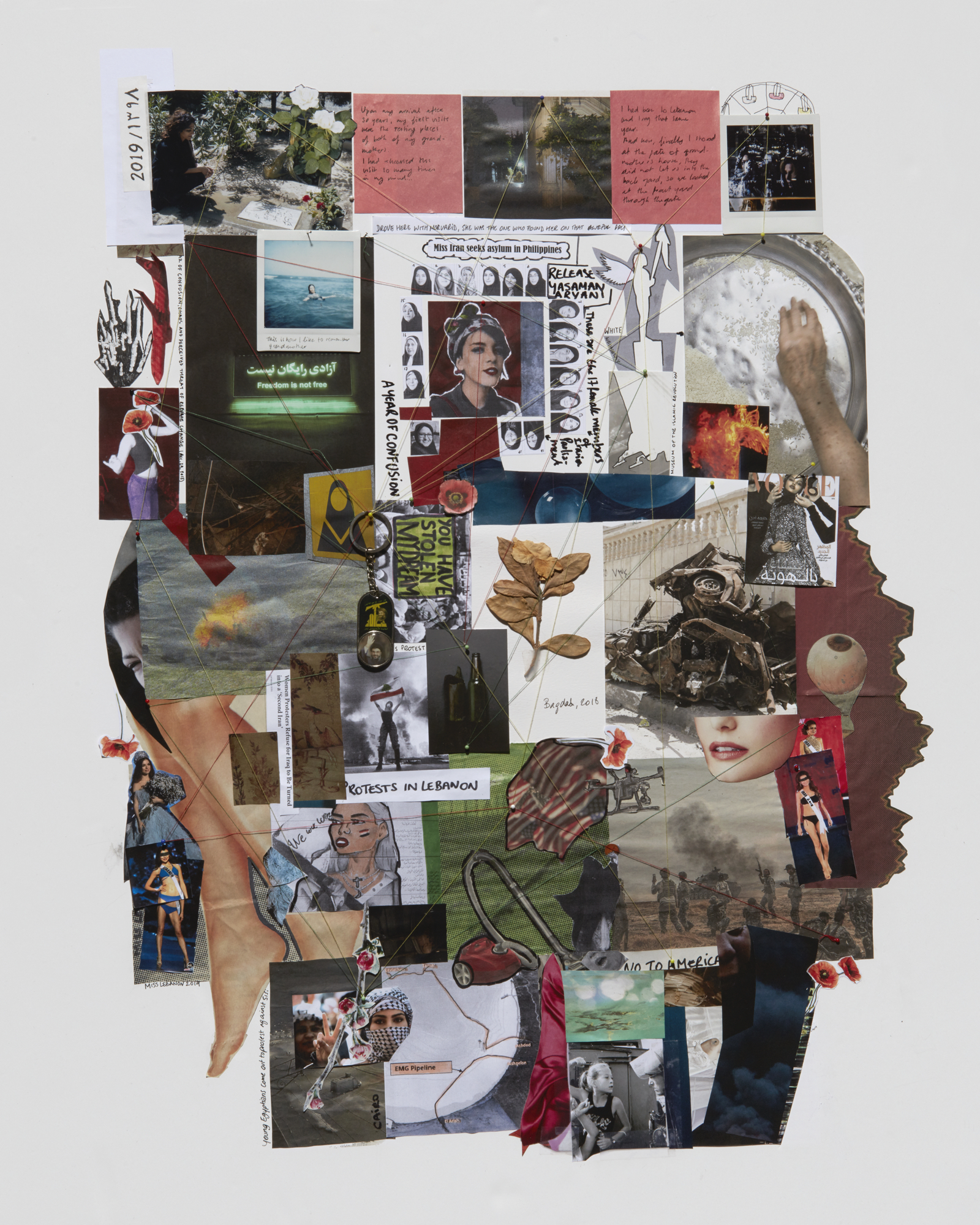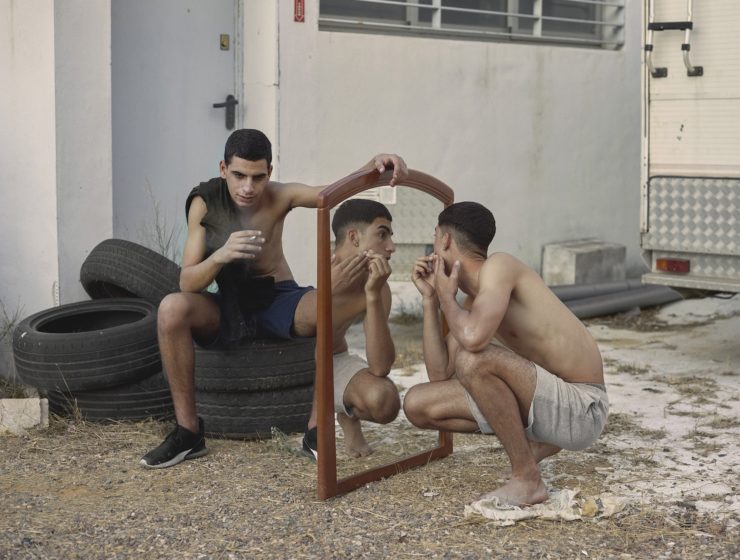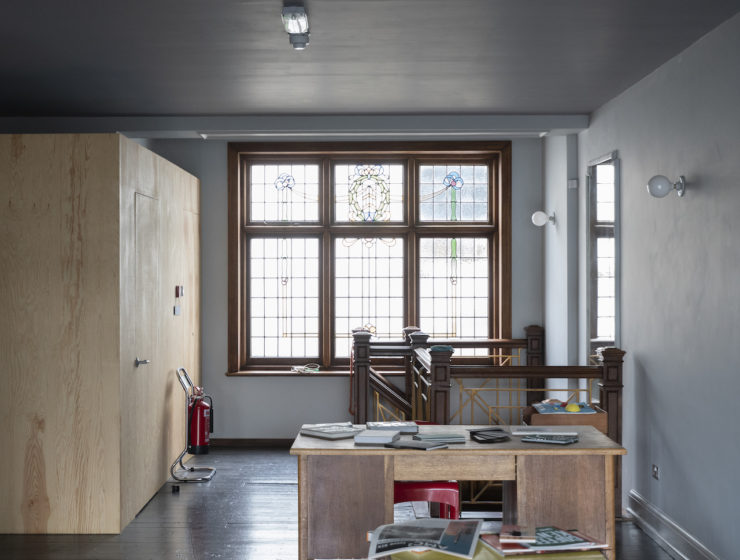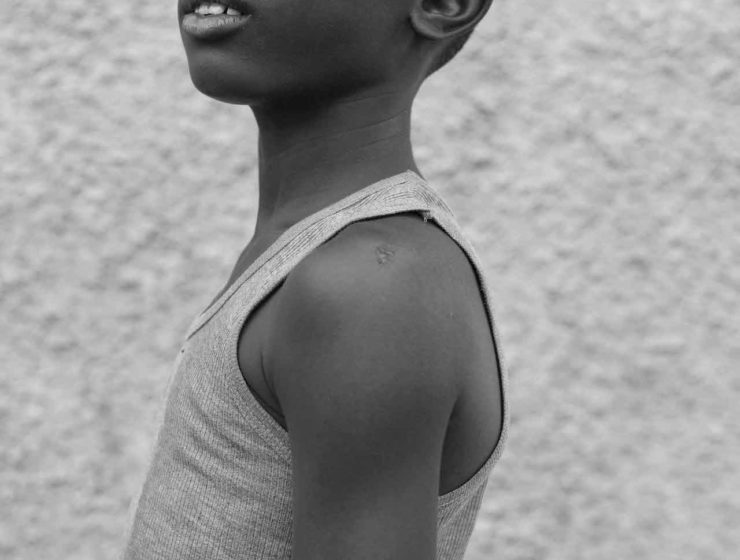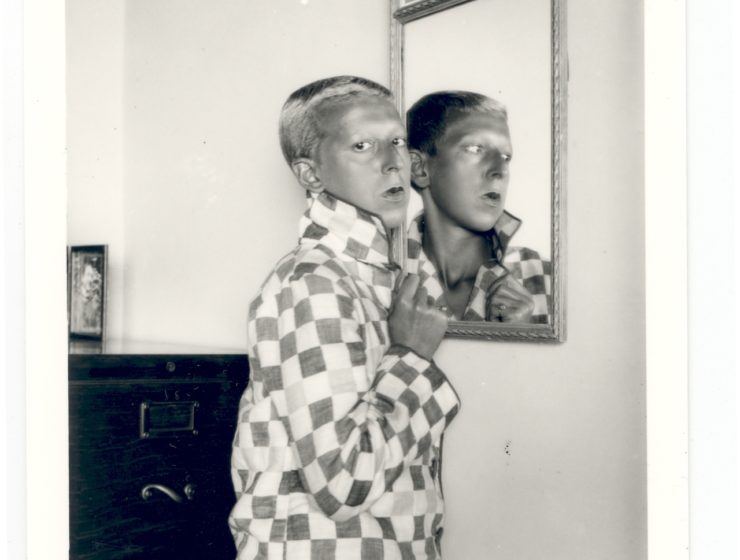© Felipe Romero Beltrán, aus der Serie Dialect, 2020–fortlaufend
“Choices we make as humans about our bodies, choices we make about the technology we develop, choices we make ‘for’ the environment, are all intertwined. We can’t look into problems from just a single perspective.”
“I have defined the leading theme with the title From Where I Stand – who is looking at who, who is talking about what, what is the frame, where do you stand?” says curator Iris Sikking. “These artists question where they stand, what their own perspectives are, and what the perspectives of the people they collaborate with are. We need to listen to and talk about these different perspectives. It is crucial, given the challenges that we (as humans) and our living area (the Earth) face today.”
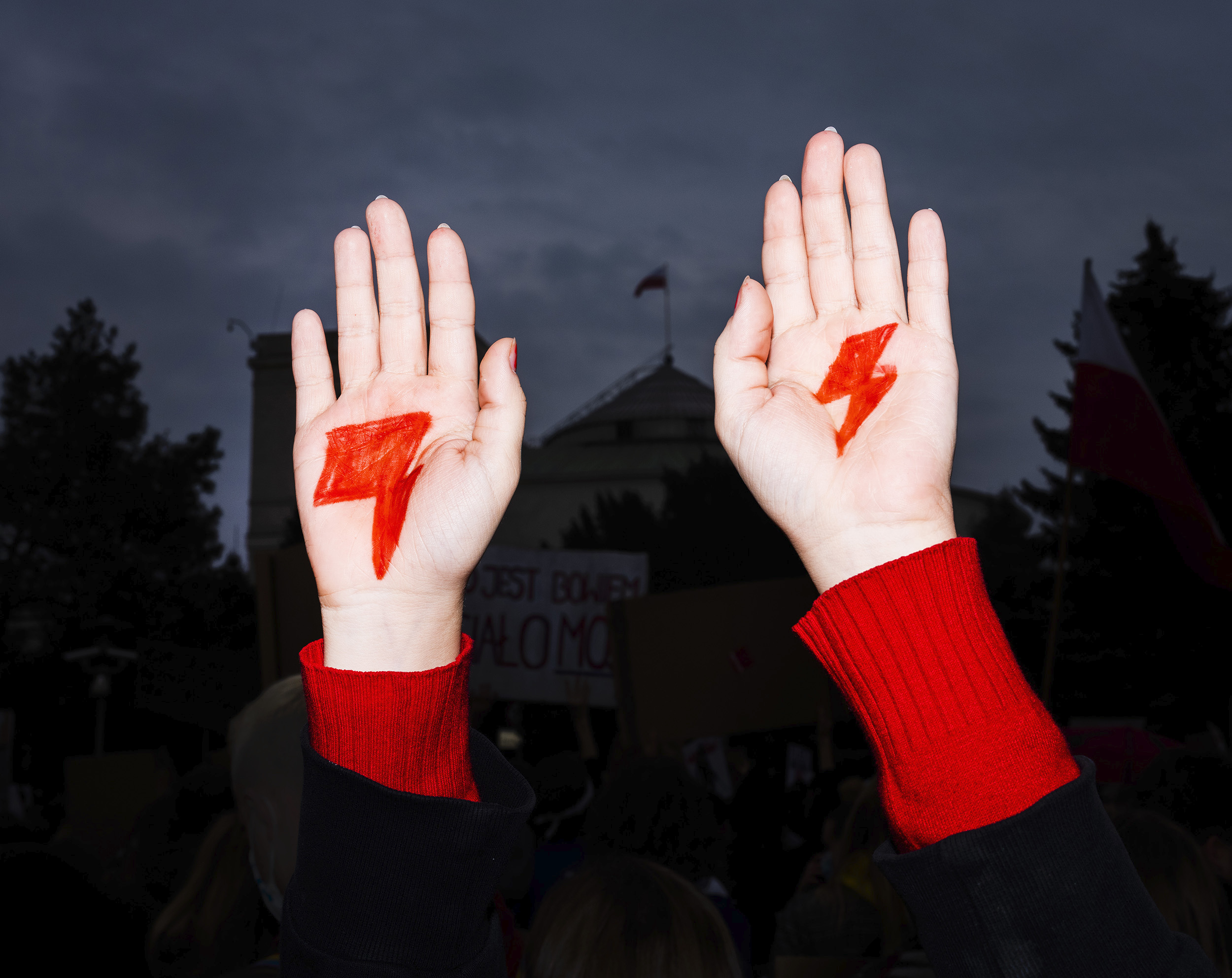
6th day of protests against introduction of more restrictvie abortion ban. Crowds protesting in front of Polish parliament building.
We’re discussing the 2022 edition of the Biennale für aktuelle Fotografie, curated by Sikking, and which takes place from 19 March to 22 May 2022 across the German cities Mannheim, Ludwigshafen and Heidelberg. Sikking has conceived of six exhibitions for the biennial, which feature artists whose work is rooted in “the field of extended documentary photography”. These image-makers generally engage in long-term projects, developing multi-layered narratives that acknowledge their own and their collaborators’ points of view. Collectively, the work investigates contemporary issues, from the destruction of nature to the increasing prevalence of technology.
The exhibition Contested Landscapes delves into environmental challenges while Changing Ecosystems investigates the impact of human activity on the natural world. Meanwhile, Narratives of Resistance considers conflicts between governments and marginalised populations, while Bodies in (e)motion explores the human body as an instrument for expressing identity. Elsewhere, Shaping Data comprises work responding to the impact of digital technologies on our bodies, opinions and lives. And Collective Minds showcases artists who have created online and offline networks with young people worldwide. Seemingly disparate, these shows represent a constellation of related concerns, says Sikking, and invite visitors to find their own interpretation of their combined message.
“The core question is, who cares for you/who is carrying you? How [can one] seek and support ideas and space for freedom and inclusivity in societies that don’t allow for that easily?”
Sikking points to Heba Y. Amin’s Project Speak2Tweet (2011–ongoing), which features in the Shaping Data exhibition, as an example. The work is rooted in the January 2011 Egyptian revolution and explores the online strategy pursued by Egyptians worldwide after then-President Hosni Mubarak shut down internet access and mobile phone connections in the country. For Sikking, not only does Project Speak2Tweet address our relationship to technology, online communication, and the possibility of a fully-technological future, it also connects with the exhibition Bodies in (e)motion. In this show, “the core question is, who cares for you/who is carrying you? How [can one] seek and support ideas and space for freedom and inclusivity in societies that don’t allow for that easily?”
Other works in the biennial include recent projects such as the Archive of Public Protests’ documentation of anti-government resistance in Poland (2015-ongoing); Michal Iwanowski’s exploration of immigrant status in Go Home, Polish (2018); Lisa Barnard’s investigation of the status and material realities of gold and gold mining in The Canary and The Hammer (2019); and Robert Knoth and Antoinette de Jong’s work on the impact and cultural history of the Fukushima nuclear disaster in Tree and Soil (2011-2018).
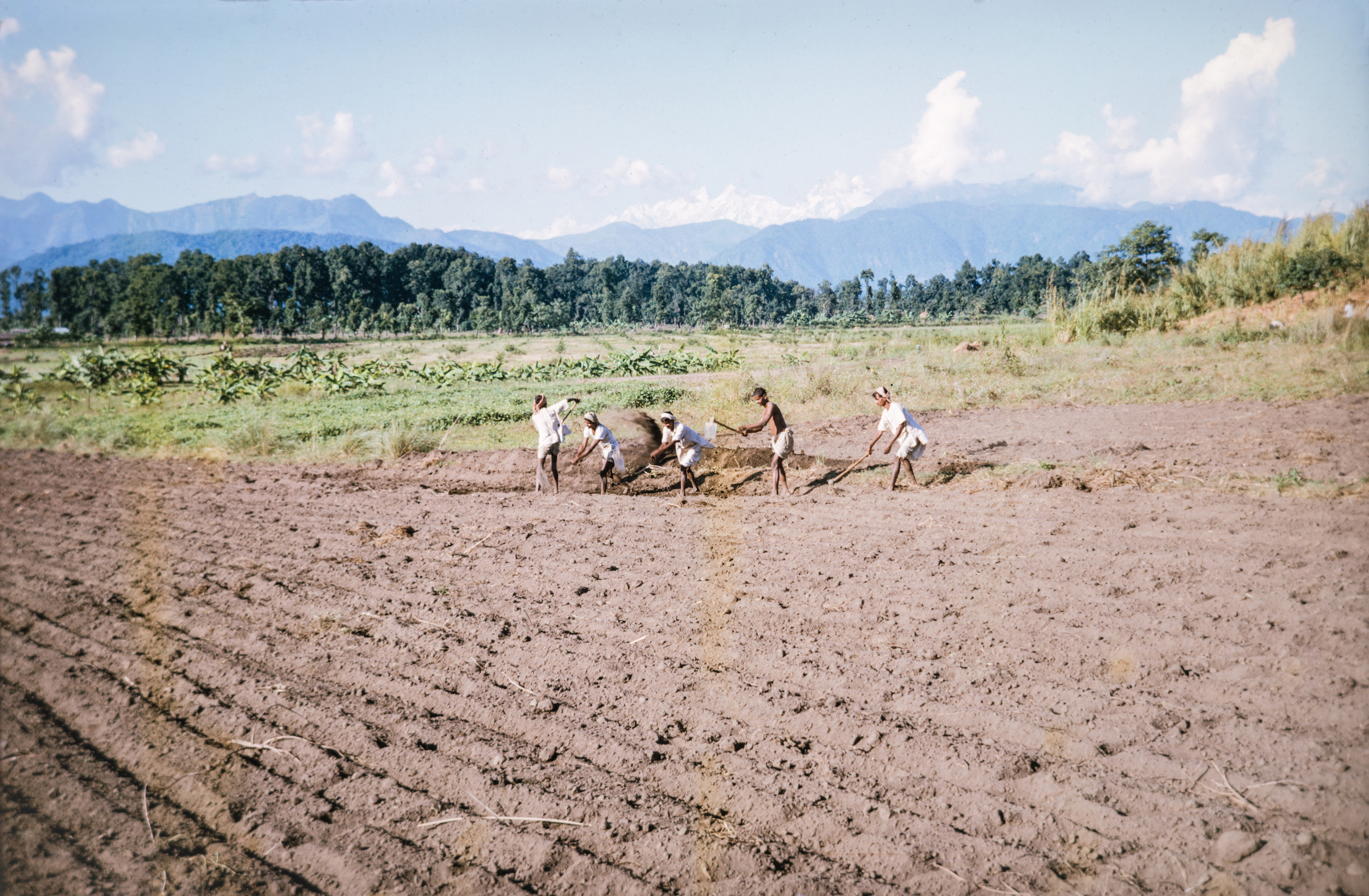
However, the biennial also includes many lesser-known works and perspectives, particularly non-Western perspectives, including Aàdesokan‘s work Waste Identity: Bola Bola Living (2020) on migration and plastic waste in Lagos, Nigeria; Felipe Romero Beltrán’s work with young migrants in Spain titled Dialect (2020-ongoing); and Freedom is not Free (2021), a look at the lives of women in Iran by Mashid Mohadjerin.
“Choices we make as humans about our bodies, choices we make about the technology we develop, choices we make ‘for’ the environment, are all intertwined,” says Sikking. “We can’t look into problems from just a single perspective.”
Biennale für aktuelle Fotografie is on show across Mannhiem, Ludwigshafen, and Heidelberg, Germany between 19 March and 22 May 2022.
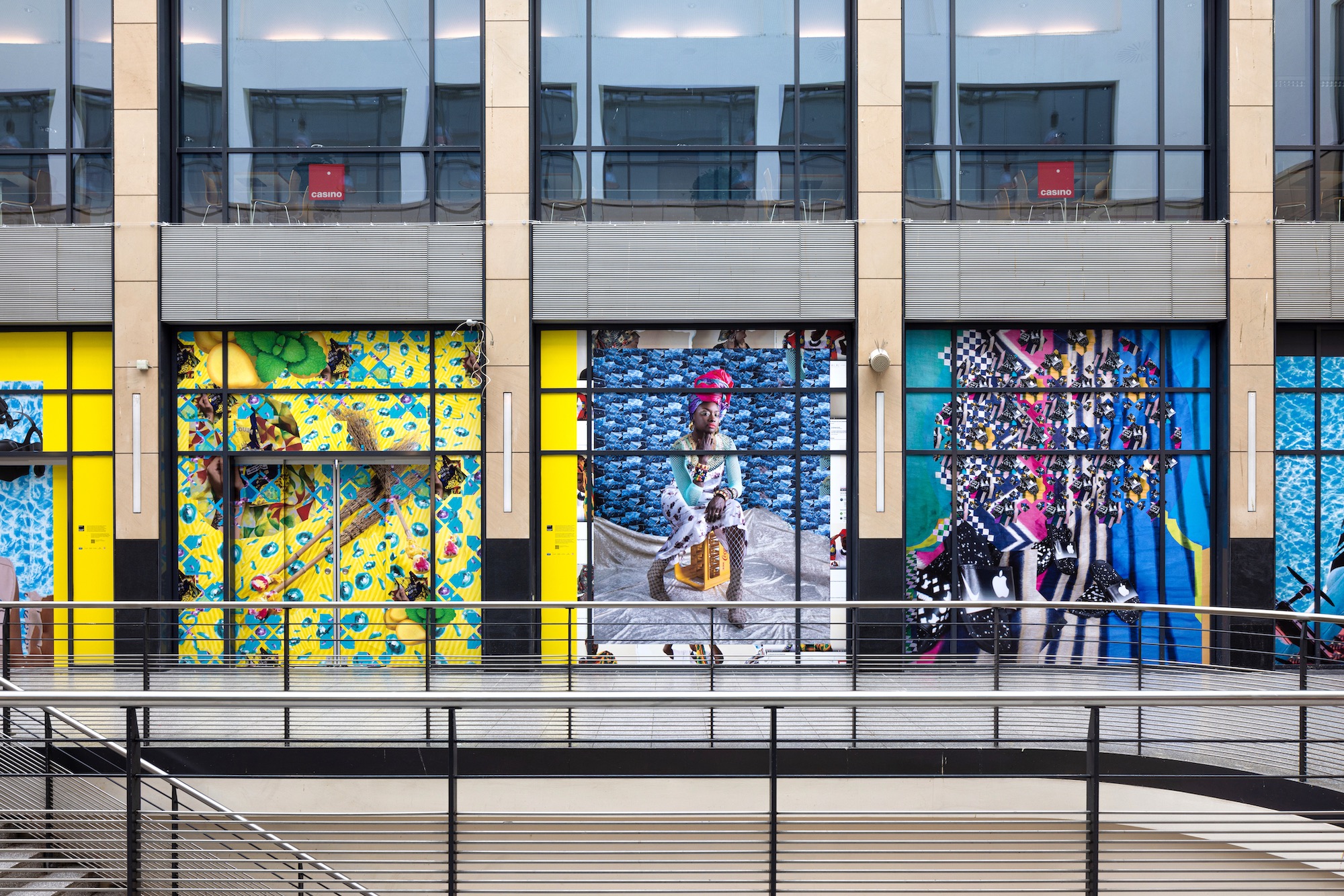
The post The 2022 Biennale für aktuelle Fotografie investigates an entanglement of issues affecting humanity today appeared first on 1854 Photography.


